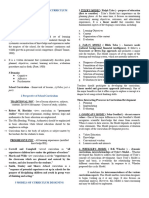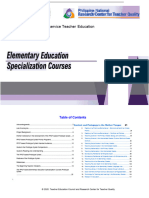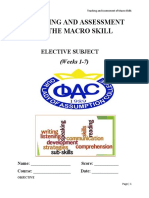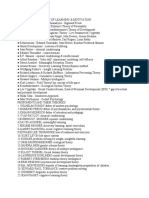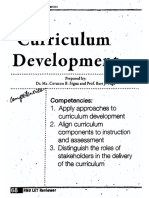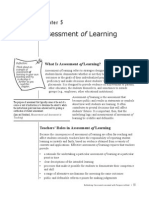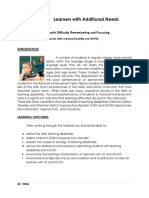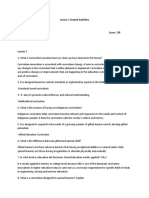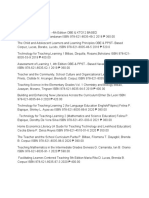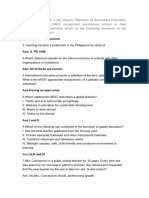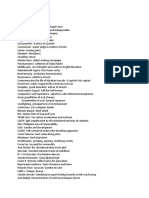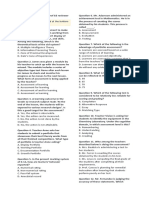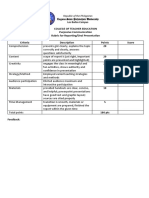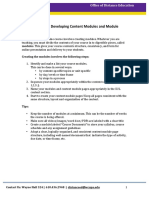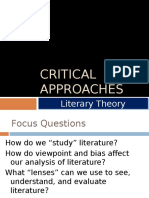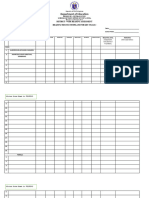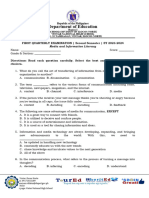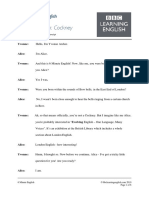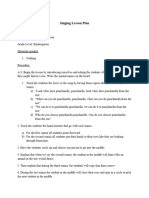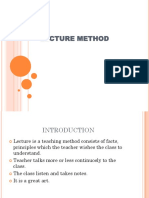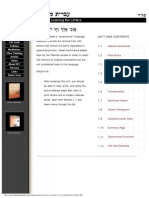100% found this document useful (2 votes)
537 views6 pagesLecture Notes On Developmental Reading
The document provides an overview of reading readiness and emergent literacy. It discusses theories of reading readiness, skills of emergent readers, teaching beginning reading including teaching the alphabet and word recognition, and the five main categories of word analysis. Reading readiness refers to the period when children are getting ready to read and involves acquiring various skills. Emergent literacy perspectives view reading and writing as processes learned through engagement and meaning making.
Uploaded by
Ssim NlegCopyright
© © All Rights Reserved
We take content rights seriously. If you suspect this is your content, claim it here.
Available Formats
Download as DOCX, PDF, TXT or read online on Scribd
100% found this document useful (2 votes)
537 views6 pagesLecture Notes On Developmental Reading
The document provides an overview of reading readiness and emergent literacy. It discusses theories of reading readiness, skills of emergent readers, teaching beginning reading including teaching the alphabet and word recognition, and the five main categories of word analysis. Reading readiness refers to the period when children are getting ready to read and involves acquiring various skills. Emergent literacy perspectives view reading and writing as processes learned through engagement and meaning making.
Uploaded by
Ssim NlegCopyright
© © All Rights Reserved
We take content rights seriously. If you suspect this is your content, claim it here.
Available Formats
Download as DOCX, PDF, TXT or read online on Scribd
/ 6
